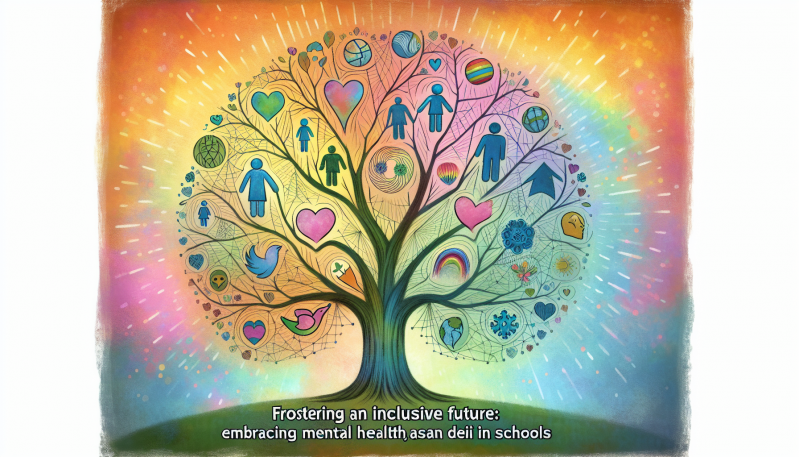As the leaves of change rustle through the hallways of education, there is a gentle yet profound awakening to the significance of emotional intelligence (EI) in our schools. Emotional intelligence, the ability to perceive, evaluate, and respond to both our own emotions and the emotions of others, is increasingly recognized as a linchpin in cultivating a respectful and inclusive learning environment.
The necessity of emotional intelligence becomes particularly evident when confronting the persistent shadows of bullying and social exclusion. These issues, often symptoms of deeper emotional and communicative disconnects, have the power to erode the fabric of school culture, leaving behind scars that can extend well beyond the classroom walls. It’s here, within this complex tapestry, that healthy communication skills can serve as both a shield and a beacon – protecting and guiding students towards a more compassionate future.
Educators and parents, the co-weavers of children’s educational experiences, have a momentous role to play. By collaboratively teaching effective communication techniques, we can empower our youth with the vocabulary of emotions. Active listening, a skill that involves giving full attention to the speaker and responding thoughtfully, can be a transformative practice. It allows students to feel heard and valued, laying a foundation for mutual trust and understanding.
Conflict resolution skills are equally crucial. By equipping our students with strategies to navigate disagreements and misunderstandings peacefully, we can help prevent conflicts from escalating into bullying. These capabilities are lifelines in moments of tension, teaching our young ones that every problem has a solution that does not require harm or exclusion.
As we weave the thread of these skills throughout the tapestry of education, we are also nurturing the mental health and well-being of our students. With the ability to communicate effectively and resolve conflicts, students are more likely to develop strong, supportive friendships. These relationships are the bedrock of a healthy school community, where every child feels included, respected, and a part of something greater than themselves.
The role of educational technology in this endeavor is both dynamic and indispensable. Interactive learning platforms can offer students and teachers an engaging way to practice and refine their communication skills. Social-emotional learning (SEL) tools bring the abstract concept of emotions into concrete learning experiences, making the intangible tangible. Virtual peer-to-peer networking applications break down walls, allowing friendships to blossom in the fertile soil of the digital age.
In summary, the pursuit of enhancing emotional intelligence in schools, through the cultivation of healthy communication skills, is more than an educational goal; it’s a clarion call for a future where bullying and exclusivity are relics of the past, and inclusivity and empathy are the cornerstones of every classroom. Together, let’s answer this call and pave the way for a generation of emotionally intelligent, kind-hearted global citizens.
As Friendship Week, we stand in solidarity with this noble pursuit, ready to support schools, educators, and parents on this transformative journey. May the reverberations of our actions today echo into a more harmonious tomorrow for all our children.


